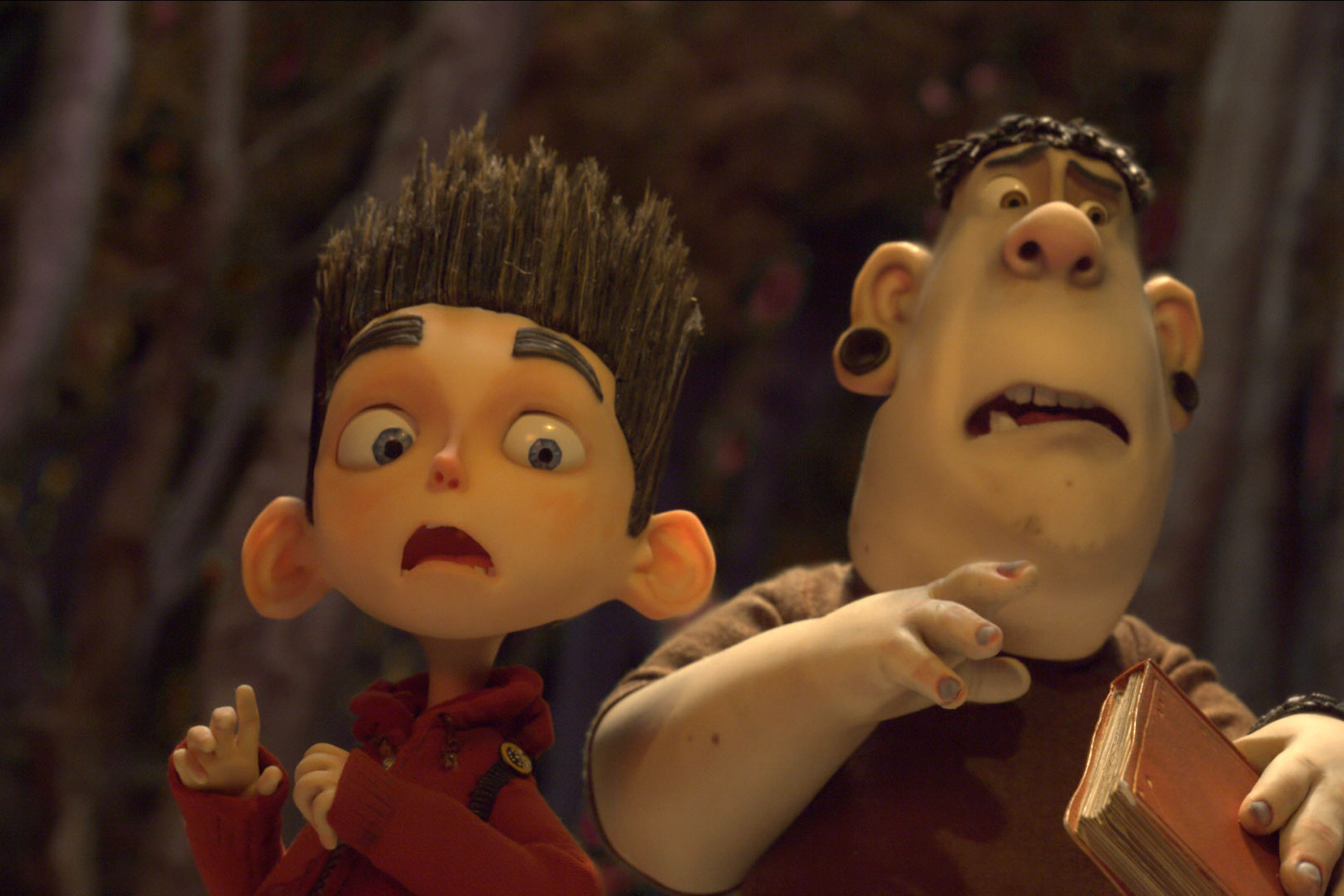A Powerful New HBO Documentary Explores Internet Spook Slenderman

Image: Courtesy Vermilion Films
In 2014, two 12-year-old girls lured a classmate into the Wisconsin woods and stabbed her 19 times. They blamed Slenderman, a fictional Internet character depicted as a tall, thin, faceless man, said to prey on children. They left their friend for dead, and took to the road with a plan to walk to where they believed Slenderman resided and become his “proxies” or servants. Police picked them up on the outskirts of Waukesha.
The events made national news, and a small piece in the New York Times caught the attention of both Sheila Nevins and Sara Bernstein at HBO Documentary Films. Bernstein immediately wrote to Irene Taylor Brodsky, a Portland-based filmmaker. “Is this our movie?”
Brodsky has made a name for herself—and picked up a Sundance Audience Award and an Oscar nomination, among other accolades—for intimate, empathetic documentaries that explore deeply human concerns. In 2007’s Hear and Now, she documented her deaf parents’ decision to have cochlear implant surgery. One Last Hug: Three Days at Grief Camp immersed itself in the lives of bereaved children.
HBO already had Brodsky working on a development project about children and the Internet when Bernstein latched onto the story of Morgan Geyser and Anissa Weier. The resulting film, Beware the Slenderman, which screened at the Northwest Filmmakers’ Festival this month and is set to run on the cable titan in early 2017.
Initially, the parents of the two girls refused to be interviewed. But Brodsky sent them films she’d made and continued to visit Wisconsin and document court appearances. After months of what she calls “radio silence,” both families contacted her.
“Them talking to me allowed us to focus on this experience of trying to parent in this age of the Internet,” Brodsky says.
Geyser and Weier, both in middle school, had fallen under the spell of an Internet meme: Slenderman (often rendered “Slender Man”), a character created in 2009 by one Internet user. The doctored photo replicated so rapidly it became a meme far beyond the control of any one individual. The ominous blank-faced figure, often depicted in a black suit, has appeared in videos, illustrations, photos, stories, and even on the popular video game Minecraft. An example of 21st-century folk culture in action, Slenderman is both fascinating and chilling. As Brodsky discovered, the character’s evolving trappings of supernatural abilities—various iterations can teleport and control minds, and Slenderman stories often feature children meeting ambiguous doom—can wield a malign power.
During the film’s opening minutes, Geyser’s mother speaks with disarming frankness: she knew her daughter was interested in Slenderman, but didn’t understand his potential impact on Morgan and her friend, who later confessed they believed their families would be killed if they did not carry out the crime. Later, Weier’s father questions schools’ insistence on using iPads.
“I will say after spending 14 months with the parents, I couldn’t put my hand on a single thing they did to cause this event,” says Brodsky, herself a mother of three boys.
Unlike recent true-crime productions like Serial and Making a Murderer, Brodsky’s film is not an investigation into the guilt of its subjects. Early in the movie, we witness the newly apprehended Weier and Geyser wholly confess to their violent act. “It’s not about whether they committed this horrifying crime,” says Brodsky. “It’s whether we are going to hold them accountable for it by adult standards.”
The victim survived, barely, after crawling from the woods and being discovered by a passing cyclist. What made two 12-year-old girls without any history of trouble plan such violence? Wisconsin law allowed prosecutors to charge the girls as adults, putting that question squarely in the public domain. (“I find it deplorable that we don’t have more consistent laws regarding criminal justice and juveniles,” Brodsky says, “but as long as this is taking place in Wisconsin, then dammit, let’s learn something from it.”)
What we learn is how pervasive the Internet is in the lives of 21st-century children, and how malleable a developing mind can be. Notably absent is the voice of the victim or her parents, who refused to be part of the film. But ever present are Geyser and Weier—in home videos of their early years, in their childishly forthcoming confession tapes, and, finally, as they shuffle into court in handcuffs and leg irons.
“You see them for the first time walk into court and the courtroom camera is firmly fixed on their face,” says Brodsky. “To me, that is so powerful, because that’s like the moment where you lift Slenderman’s mask, and you’re like, ‘Oh, it’s just you.’”
Toward the end of Beware the Slenderman, we see various drawings and depictions of Weier and Geyser that are now proliferating on the Internet, too.
“You realize,” Brodsky says, “that they are a meme themselves now.”




